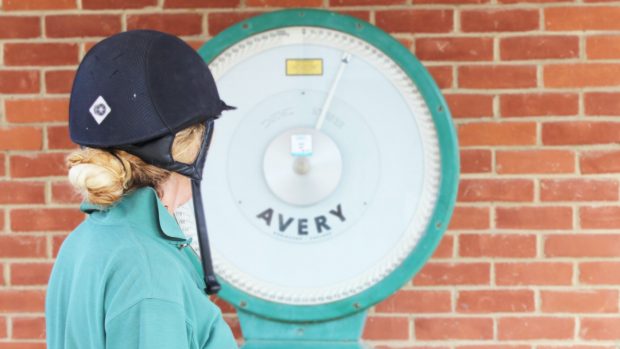The range of practitioners available to help keep equine athletes in tip-top condition is staggering. But who should you turn to first and how can you check their credentials?
Here we find out what to expect and what to look out for when using an equine physiotherapist.
What do they do?
Physiotherapists treat a wide variety of musculoskeletal problems.
They manipulate and mobilise joints and soft tissue, use electrotherapies such as ultrasound and laser therapy, and prescribe exercise regimes.
These practitioners use a hands-on approach to promote passive stretching, weight-shifting and the activation of spinal reflexes — exercises that are also helpful for post-operative rehabilitation.
Many of the techniques and exercises physiotherapists use are also thought to help to increase flexibility and strengthen core muscles.
When might you need one?
Injuries that can benefit from physiotherapy include back pain, arthritis and muscle or ligament strain. Many of the problems a physiotherapist addresses may be man-made, for example an asymmetric rider or a badly fitting saddle.
There is a growing research base behind human physiotherapy and, although this has not yet translated into the equine specialism, physiotherapy is becoming a widely recognised equine treatment.
Qualification check
Although courses in “veterinary physiotherapy” exist, the only route to becoming a chartered (accredited) physiotherapist is through a three- to four-year course in human physiotherapy, followed by in-practice experience and specialisation in animals via another two-year course.
The Association of Chartered Physiotherapists in Animal Therapy (www.acpat.org) lists accredited physiotherapists.
To find out about other equine practitioners, including chiropractors and osteopaths, see the current issue of H&H (1 Novemeber)
Read more about back problems
Read more about joint problems



